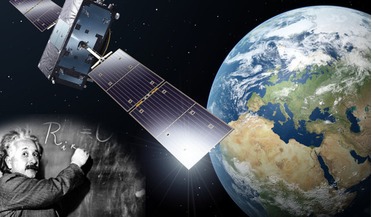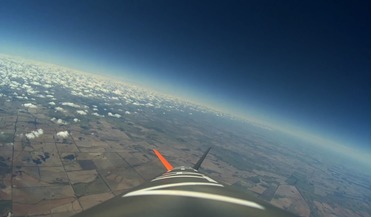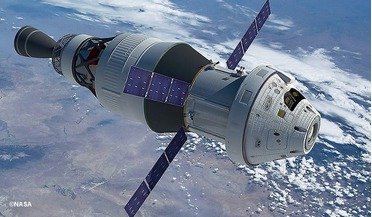 April 2025
Strapped for success - from racetrack to orbit
April 2025
Strapped for success - from racetrack to orbit
...need to evolve to address new challenges, including prolonged exposure to radiation and the physiological impacts of extended microgravity. By leveraging its core competencies in material science and ergonomic design, Sabelt aims to set new standards...
 07 December 2018
Misplaced satellites provide highest accuracy yet of Einstein's theory
07 December 2018
Misplaced satellites provide highest accuracy yet of Einstein's theory
... of these tests,” noted Sven Hermann at the University of Bremen’s ZARM Center of Applied Space Technology and Microgravity. “Ongoing improvements in the processing and in particular in the modelling of the clocks, might lead to tightened results...
 02 November 2020
ISS marks 20 years of humans on board
02 November 2020
ISS marks 20 years of humans on board
... humanity may be lacking key knowledge about space radiation, microgravity effects on people and life-support systems for long-term ...expand human exploration beyond low-Earth orbit, and microgravity research into protein crystal growth and fiber-optic...
 09 February 2021
Norfolk company targets suborbital market
09 February 2021
Norfolk company targets suborbital market
... commercial operations of a space-capable launch vehicle expected to start in 2022. The company was established in 2018 to provide microgravity and short duration space testing solutions that put the customer first; placing convenience, proximity and...
 December 2014
Technology drives space exploration: we won’t make it to Mars without investment
December 2014
Technology drives space exploration: we won’t make it to Mars without investment
... Alexander Gerst, who recently returned to Earth after nearly six months, conducts an experiment in the European-built Microgravity Science Glovebox. More needs to be done to make the resources of the ISS available to the wider research community...
 December 2014
Space for Earth: How ESA wants to use lessons learned above on the ground
December 2014
Space for Earth: How ESA wants to use lessons learned above on the ground
... needs, including contributions from space science, Earth observation (EO), telecommunications, navigation, human space flight, microgravity and launchers. A number of overarching themes have already been identified: energy, oceans, Arctic and...